(NLDO) - Scientists may have been "lost" for two decades since NASA's Cassini spacecraft approached Saturn.
According to a new study led by Dr. Ryuki Hyodo from the Tokyo Institute of Science (Japan), Saturn's rings may have a completely different origin and age than the theories that have been widely accepted for many years.
According to Sci-News, when NASA's Cassini spacecraft approached Saturn in 2004, the spacecraft observed that Saturn's rings appeared relatively bright and clean.
Subsequent analyses based on Cassini data suggested that the ring system was only a few million to a few hundred million years old, created by a meteorite impact or even two of Saturn's moons colliding.
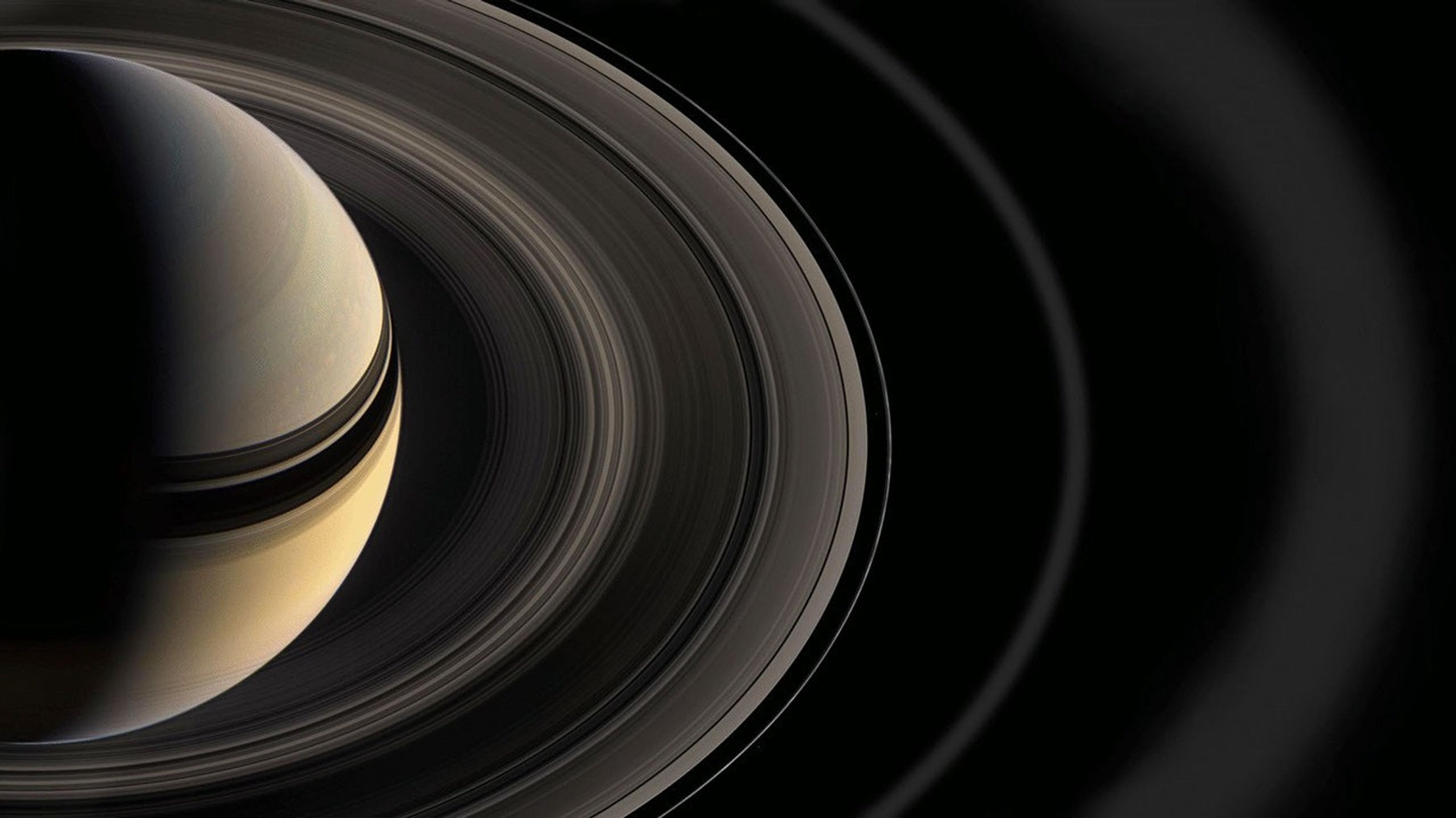
Saturn has very "young" rings - Photo: NASA
"Saturn's rings were once estimated to be only 100-400 million years old, based on the hypothesis that bombardment by non-freezing micrometeorites should have darkened the rings over time," Dr. Hyodo explained.
So if this belt is billions of years old, it probably wouldn't look as clean, smooth, and bright as we see it.
In the new study, however, the researchers simulated collisions between micrometeorites and particles in the icy belt using computer models.
They found that high-speed collisions could result in the vaporization of micrometeorites, which would then expand, cool, and condense in Saturn's magnetic field to form charged nanoparticles and ions.
These charged particles would then collide with Saturn, being pulled into the planet's atmosphere or escaping its gravity altogether.
As a result, very little of this material is deposited on the rings, so Saturn's rings remain clean and smooth.
Based on simulations, the Japanese team believes that Saturn's rings actually formed in the early days of the planet and are 4.5 billion years old, despite maintaining a "youthful" appearance.
The discovery, published in the scientific journal Nature Geoscience, is particularly valuable because the mechanisms involved in the rings also strongly influence the properties of everything related to the planet.
This is important, because Saturn is an interesting research target for planetary scientists, especially since it possesses several moons with the potential to harbor life, such as Titan and Enceladus.
Source: https://nld.com.vn/nhan-loai-co-the-lam-lan-tai-hai-ve-sao-tho-196241219095238989.htm

















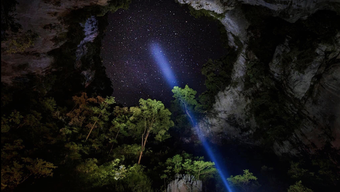
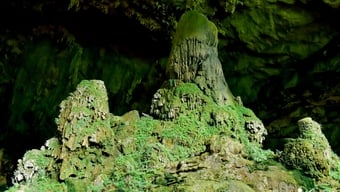
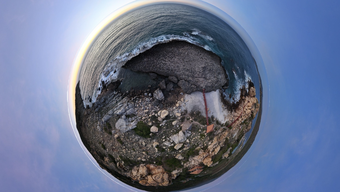

















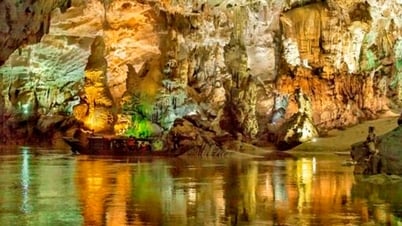


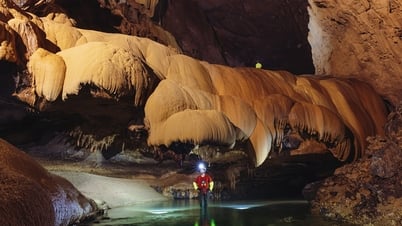








































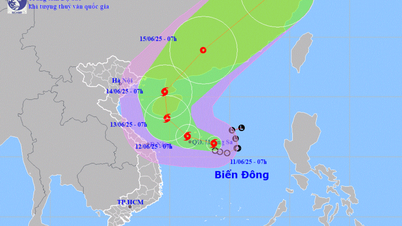

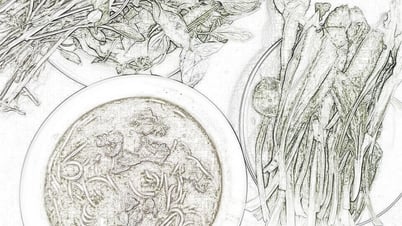


















Comment (0)